20. Meet Lisa Bailey
The best way to make work easier is to pick something interesting. If you do something that you like, then you will never have to work a day in your life. Well, when it comes to interesting jobs Lisa Bailey hit the jackpot. She worked as a forensic artist at the FBI for more than 18 years. Her work and the information that she could provide the detectives with helped solve countless cases of unidentified remains.
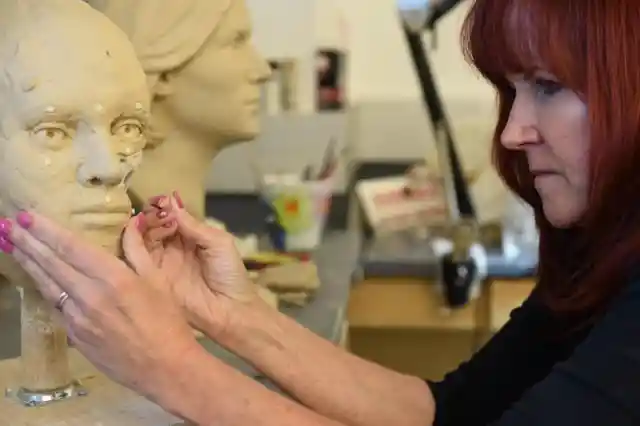
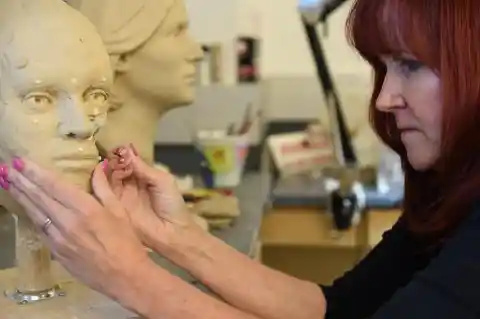
Now she has decided to retire and to reveal everything that she did at her old job. Not just that, but Lisa Bailey also revealed some really interesting lessons that she learned while working that will make you think twice when watching a CSI analysis.
The FBI generally calls Lisa when they have no other option of identifying a person and thanks to her special skill, she can recreate a person’s face just like someone does a puzzle. Interesting, right?
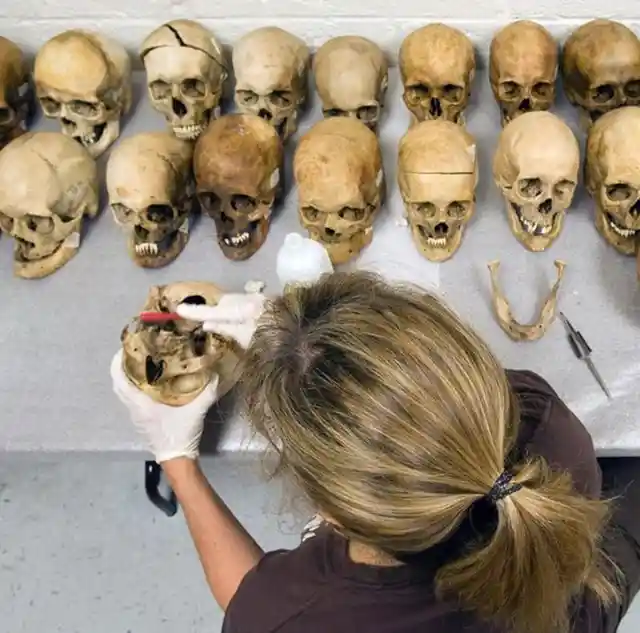
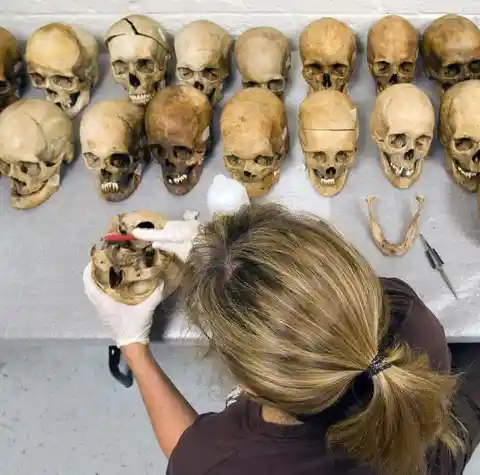
Well, this is not the best part of Lisa’s job.
Lisa knows that TV shows such as CSI have peaked an interested into people who want to get a job similar to her and she decided to come out and reveal all the “behind the scenes” secrets that CSI doesn’t show us.
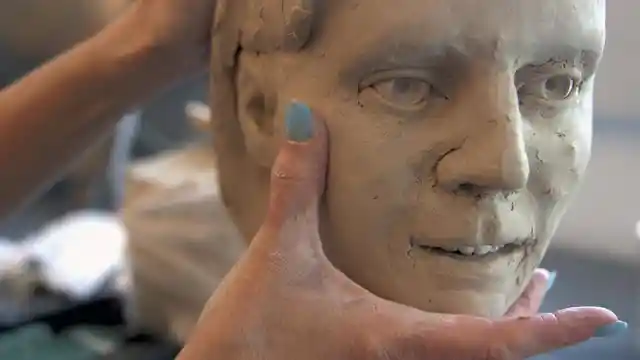
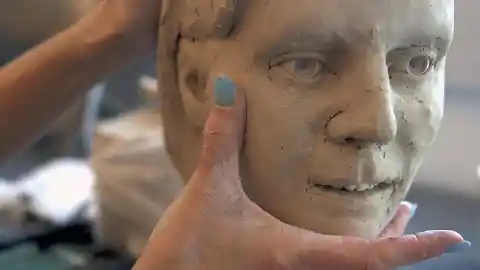
Beware because some of the secrets that she reveals are going to ruin CSI for you!
The question that Lisa gets asked more than often is how can she determine if a skull is a female or male? Well, the answer to that question is that she doesn’t.
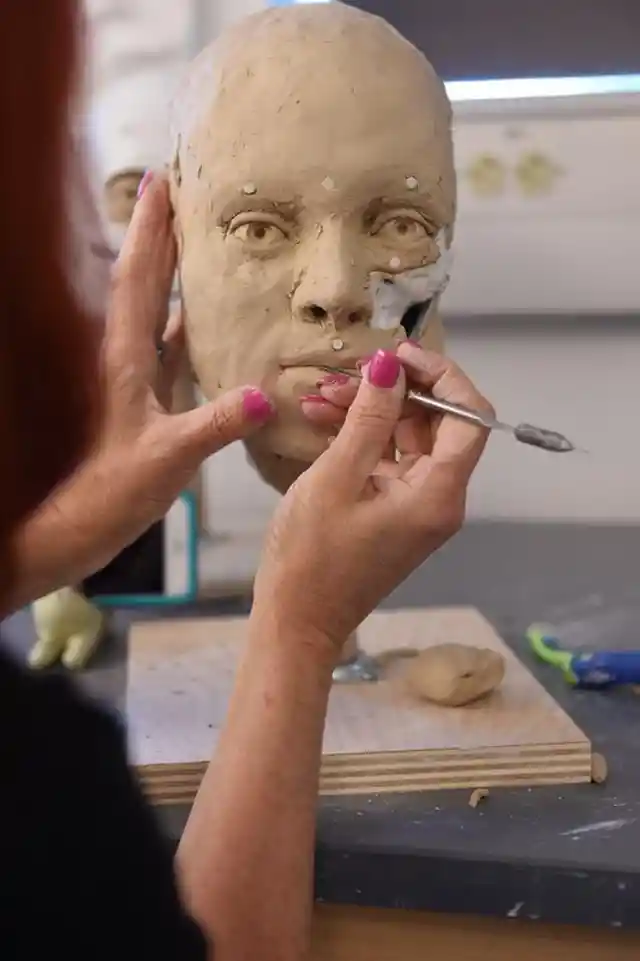
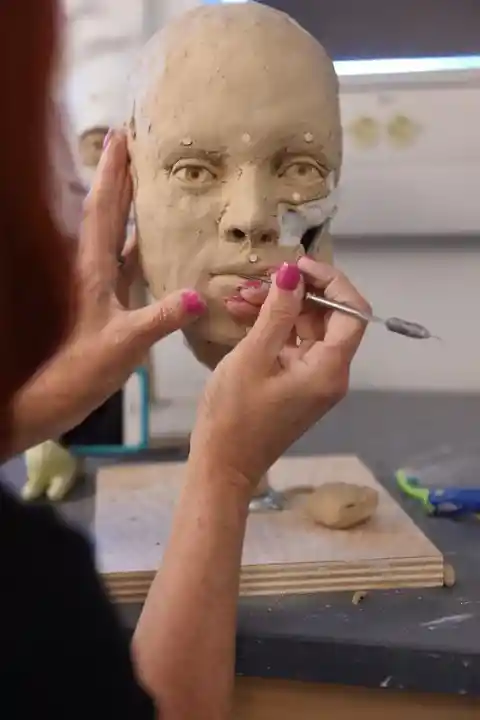
Forensic artists need additional information in order to determine the sex of the person.
In order to create a realistic looking skull Lisa needs to do all types of strange procedures such as attaching the jaw (mandible) to the skull.
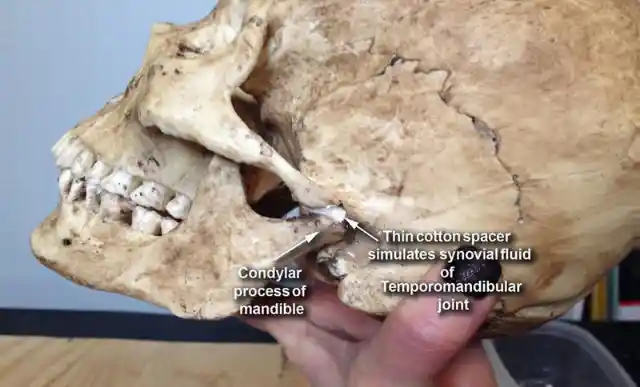
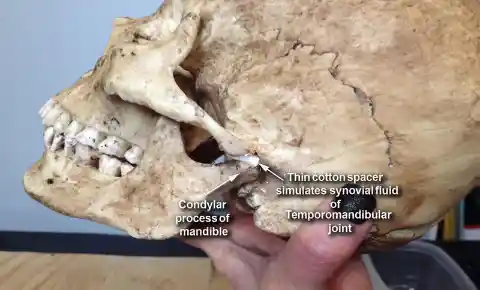
She does this by using cotton padding and hot glue to keep it from falling off.
Even though you might think that Lisa does her job with a powerful computer and a 3D printer, this is not the case.
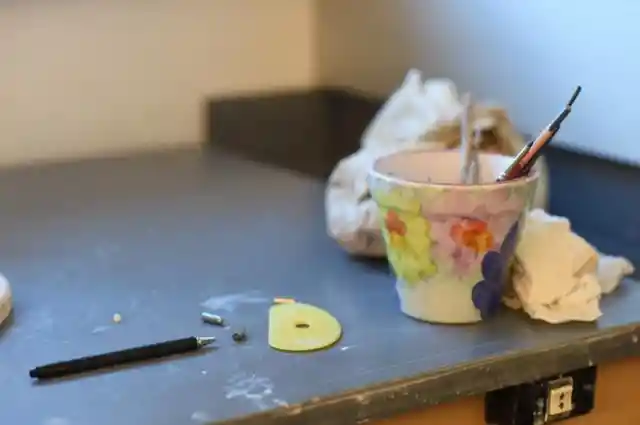
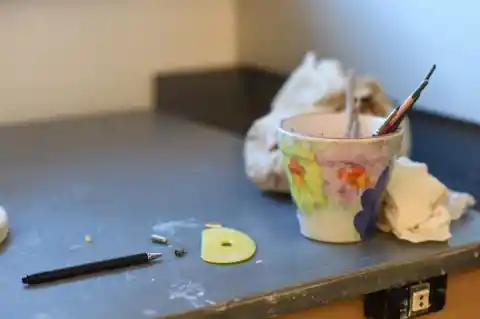
Instead of using bleeding-edge technology, Lisa uses the same tools of the trade as all other sculptors do.
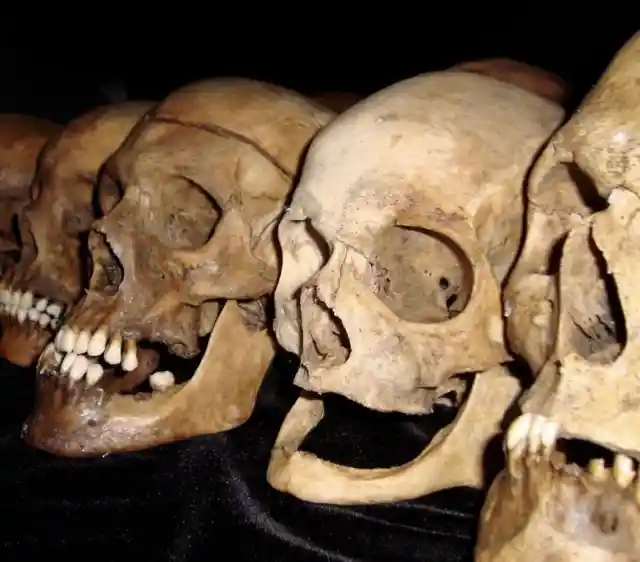
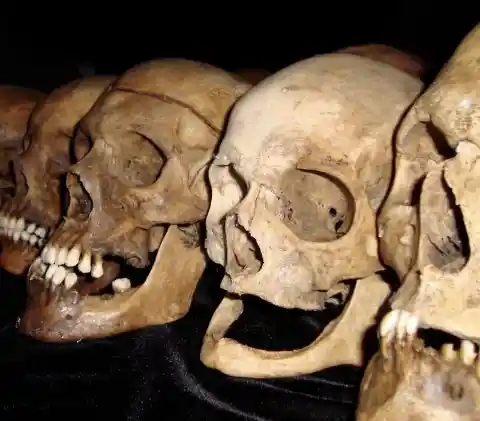
Sculpting the nose is one of the most difficult part about Lisa’s job and she says that she uses something called “anterior nasal spine” in order to figure out just how big or sharp the nasal aperture is.
Lisa says that positioning the eyes on a skull is more challenging task than expected because they aren’t always centered in the orbit.
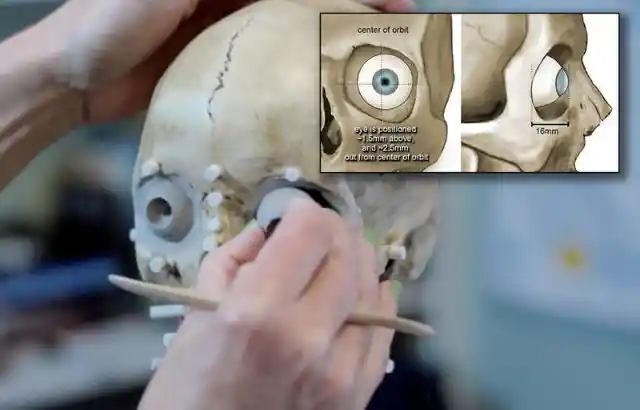
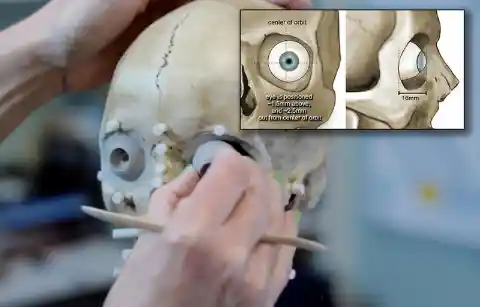
On average, the eyes are usually 1-2mm up and out of the center as we can see in the picture featured above.
Another challenging tasks that Lisa needs to deal with when sculpting skulls is placing the eyelids.
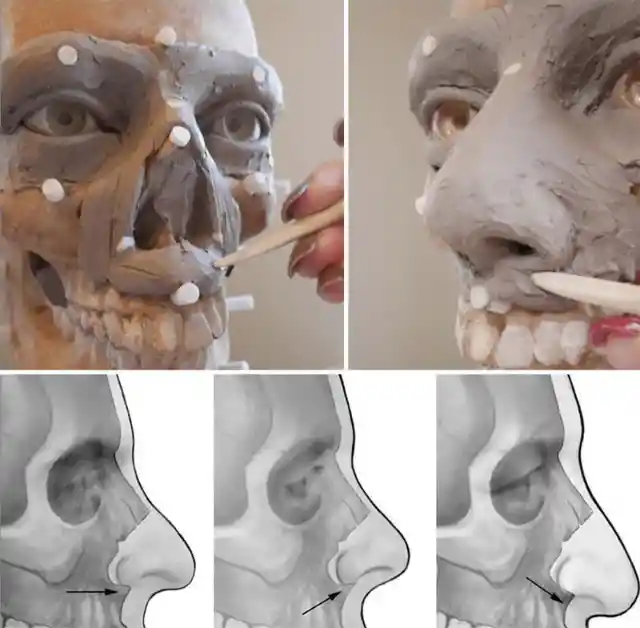
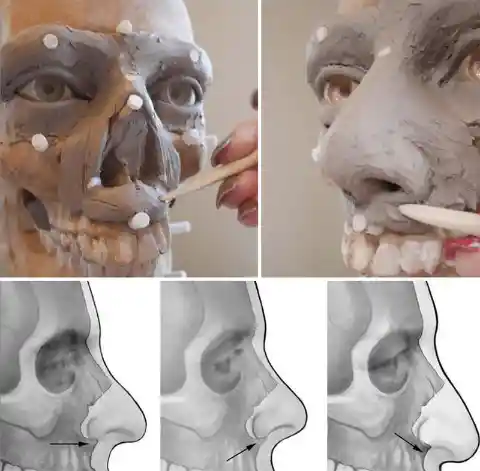
She finds the correct position by attaching the outer corner to the “lateral palpebral ligament”.
Lisa still remembers her first sculpture for the FBI and she isn’t afraid to admit that she was nervous at first. After all, her work helps solve cases for the FBI, just like CSI does on the big TV screen.
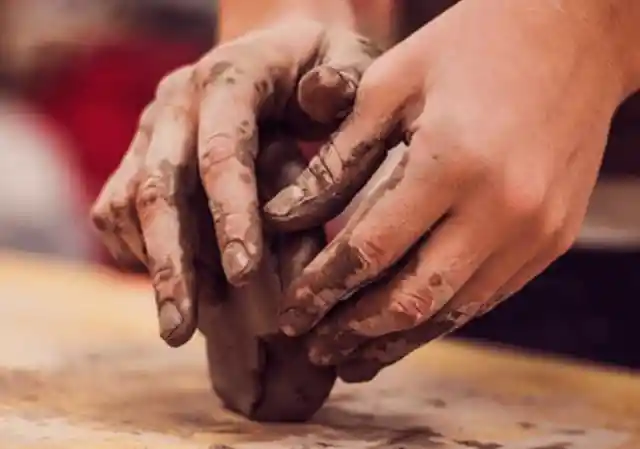
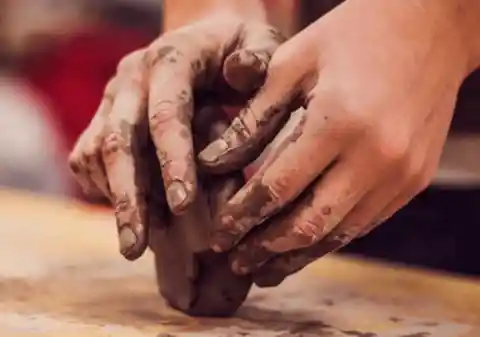
“Artistically, I didn’t like my first sculpture, but that’s because I’m always striving to get better,” added Lisa.
If there is something that we can be sure about, then it has to be the fact that Lisa skips the “take your kid to work tradition”.
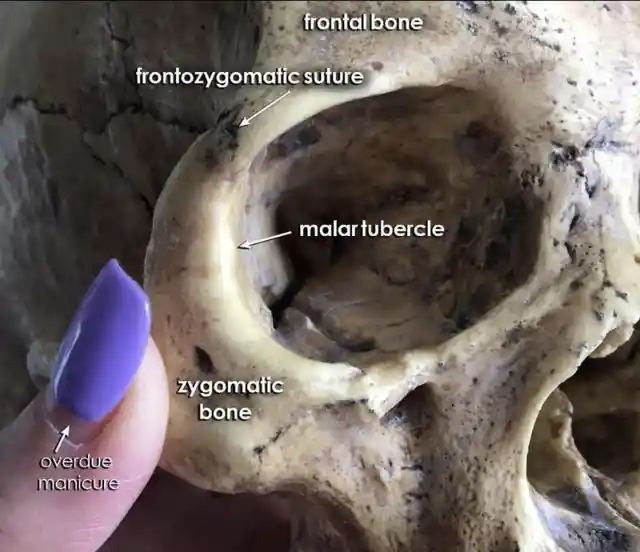
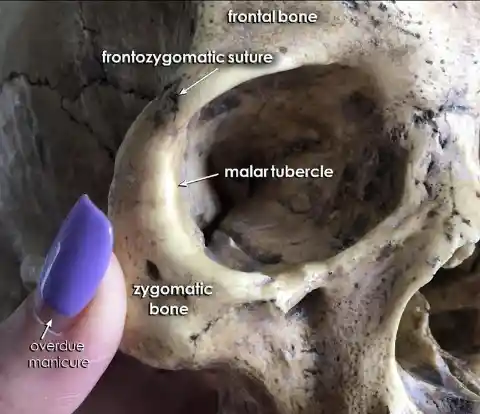
Her office looks terrifying, especially if you don’t know what she does for a living.
While clay might be easy to manipulate, there are some rules that Lisa still needed to follow when working for the FBI.
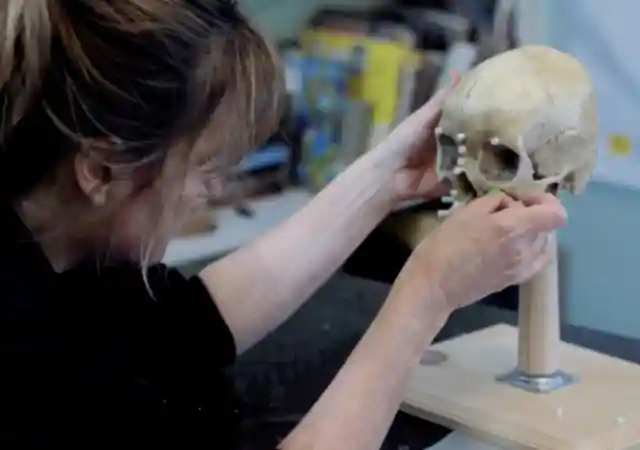
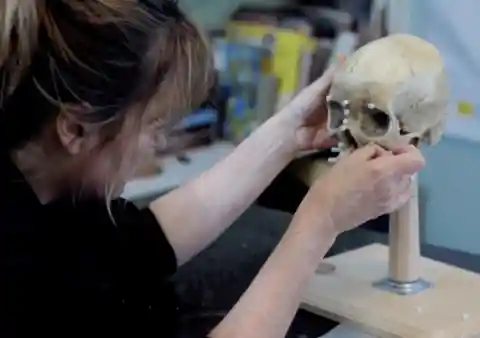
For example, she never puts clay on the real skull, only on the replicas.
This picture shows us what one of the skulls sculpted by Lisa looks like when it is getting scanned by the 3D printer.
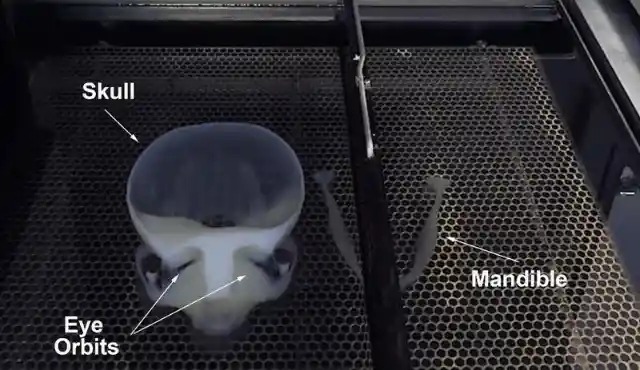
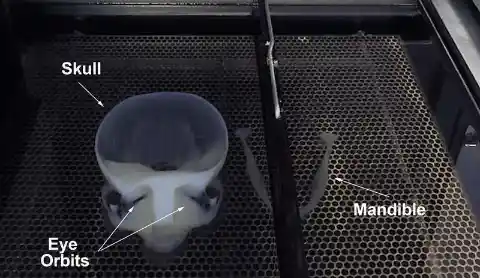
Every piece of data matters when the FBI uses the skull to identify people.
Getting the right tissue depth can sometimes be key in identifying a missing persons case and here is where hot glue comes in and saves the day once again.
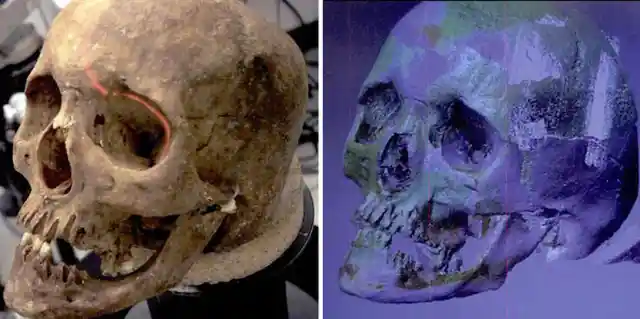
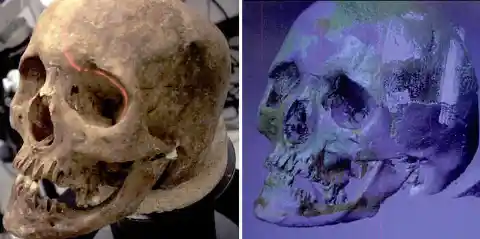
The reason why this method works is because Lisa and her team have gathered data from living subjects.
In order for her skull sculptures to be accurate, Lisa needed to have real data that she can base her work on.
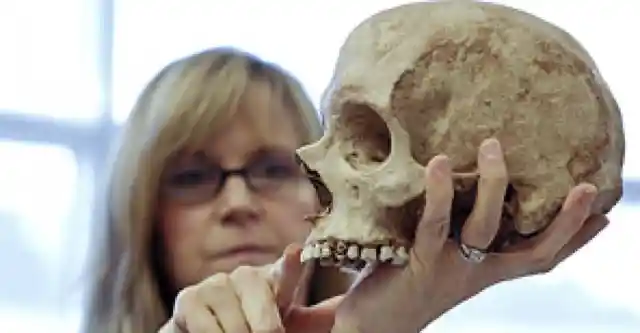
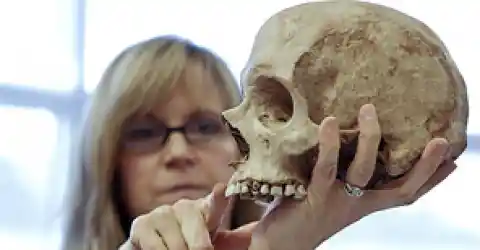
This is why she and her team have managed to gather data on tissue depth from hundreds of living subjects.
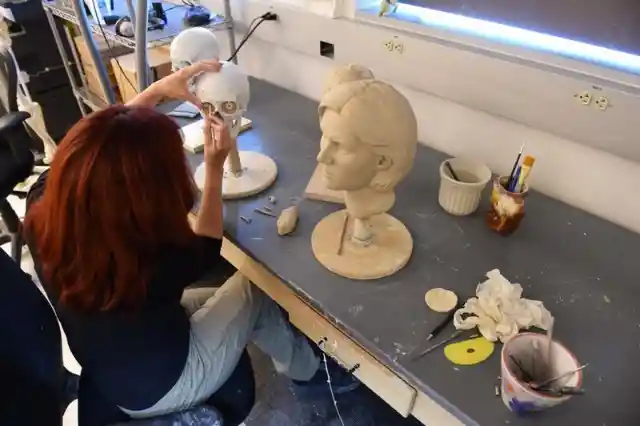
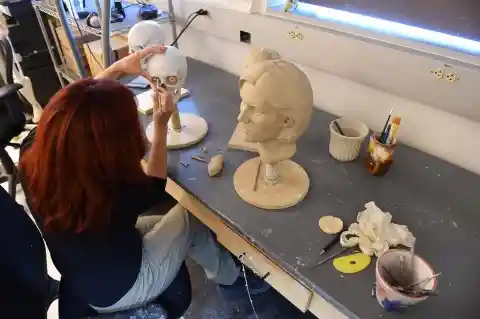
“We can only focus on what we know and try to play down what we don’t know in hopes of having someone see the facial approximation and recognize the person,” said Lisa when asked about how successful her work has been in identifying missing persons.
Lisa recalls that the FBI agents would often call the relatives of the missing person and have them look at the art created by Lisa.
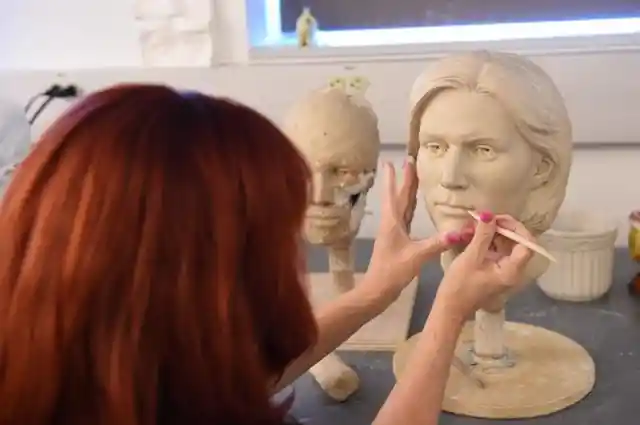
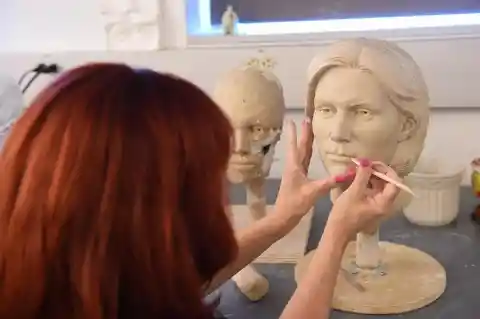
It happened more than often for them to instantly recognize the missing person.
Even though Lisa’s job at the FBI is not something that you would call a regular 9 to 5, the only thing that matters is that she likes her job.
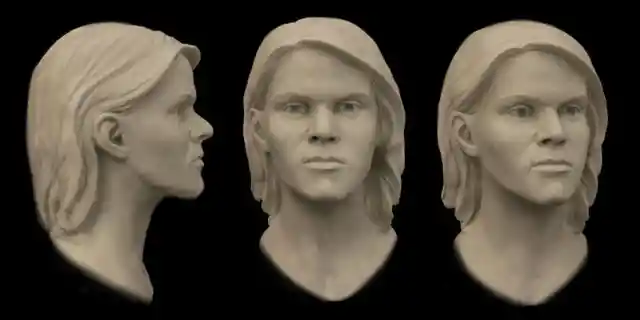
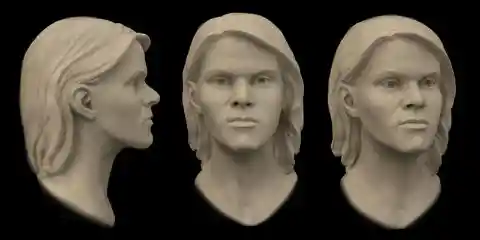
She always did her sculptures with passion and this is why they worked so well at solving cases.
“I remember watching a documentary on TV as a 15- or 16-year-old,” she said.
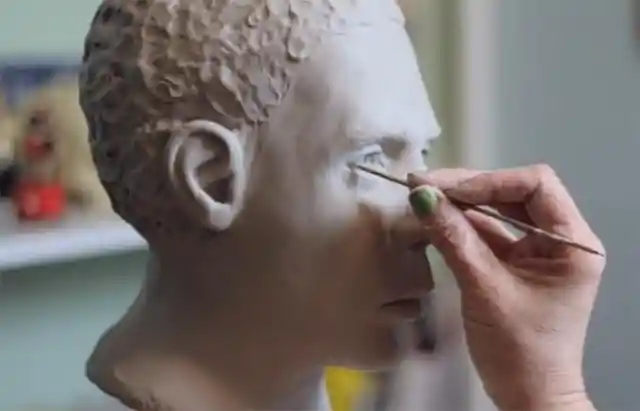
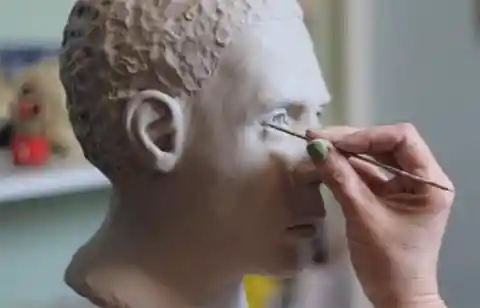
“Seeing someone in a white lab coat who was sculpting on a skull and, number one, I didn’t see how that was even possible and then my next thought was, ‘I’d really love to do that.’ Back then, that was the coolest job in the world to me.
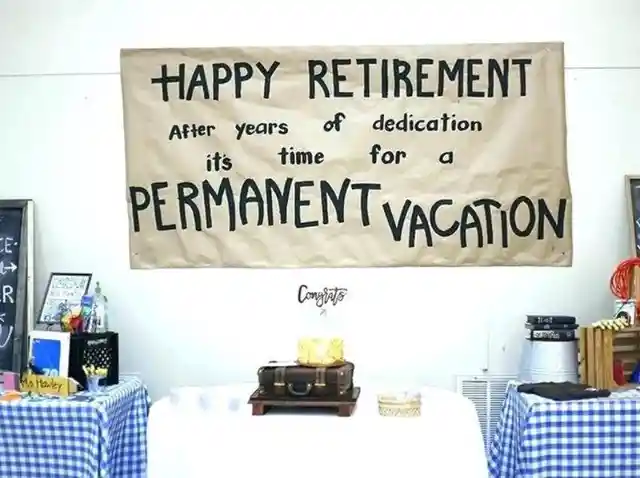
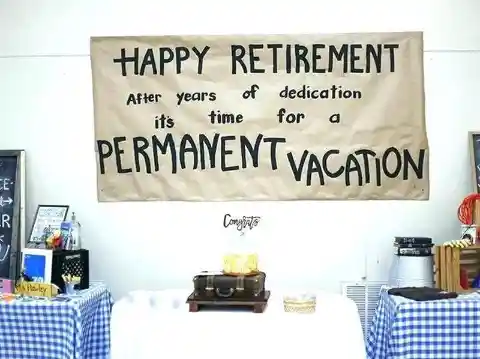
We thank Lisa for sharing all these amazing pictures and secrets about her interesting job and we are wishing her a great retirement party!